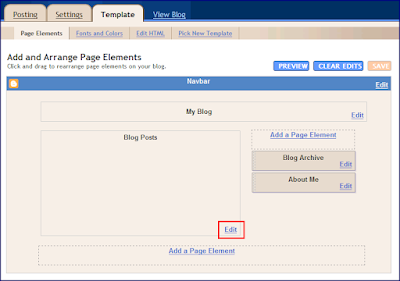 We often receive questions from new publishers about what these two terms mean, and we'd like to help you understand the difference.
We often receive questions from new publishers about what these two terms mean, and we'd like to help you understand the difference.Invalid clicks are clicks for which we decide not to charge our AdWords advertisers, since they may artificially drive up advertiser cost or publisher revenue. These include extraneous clicks without any value to the advertiser, such as the second click of a double-click. They also include many other types of clicks that we've determined aren't motivated by genuine user interest.As a reminder, any method that artificially generates clicks, impressions, or conversions is strictly prohibited by our program policies. You can also find more information about these topics in our Invalid Clicks FAQ and our Ad Traffic Quality Resource Center.
"Invalid clicks" are often confused with "clicking on your own ads". However, we'd like to stress that invalid clicks are generally any clicks that artificially inflate advertiser cost or publisher revenue, regardless of their source.
Click fraud is a subset of invalid clicks that are generated with malicious or fraudulent intent -- in other words, clicks that are intended to drive up advertiser cost or publisher revenue artificially. Sources for these clicks include, but are not limited to:The same principles above apply to ad impressions and conversions as well. Some sources of invalid impressions include, but are not limited to:A publisher clicking on his own ads, or encouraging clicks on his ads Users or family members clicking to support the site / publisher Third-party programs with user incentives, such as paid-to-click services and click-exchanges Automated clicking tools, robots, or other deceptive software Excessive page refreshes, generated either manually or automatically Third-party programs with user incentives, such as paid-to-surf or auto-surf programs Third-party programs for purchasing fixed amounts of traffic, e.g. "$10 for 1,000 page views"
Updated links to resources









